Industry information
Company News
- Punched aluminum veneer: a perfect combination of fashion and practicality
- Aluminum veneer customization, creating a new trend of personalized space
- Fluorocarbon aluminum veneer: a fashionable new favorite in the construction industry
- Aluminum veneer: the 'invisible cloak' of modern architecture
- Fluorocarbon aluminum veneer: the "outerwear" innovator of fashionable architecture
Industry dynamics
- New trend of aluminum veneer: perfect combination of fashion and durability
- A new choice for creating modern architectural art with curved hollow aluminum veneer
- The Fashion Charm of Punched Aluminum Veneer: The Secret Weapon of Light Luxury Space
- Aluminum veneer customization, creating a new trend of personalized space
- Analysis of the advantages and disadvantages of aluminum veneer materials!
Frequently asked questions
- Is the use of aluminum veneer limited by geographical environment?
- Can aluminum veneer be applied to the exterior design of sports buildings?
- What are the maintenance methods for aluminum veneer?
- What is the thermal expansion coefficient of aluminum veneer?
- What is the thermal insulation performance of aluminum veneer?
contact us
Mobile:+86 15627778610
Email: 2201229786
Address: No. 5 Binjiang Road, High tech Zone, Zhaoqing City, Guangdong Province
How to evaluate the sustainability of aluminum veneer in building exterior design?
- Author: Xinlongtai Aluminum Industry (Guangdong) Co., Ltd
- Release time: 2022-03-16 04:43:12
- Click:0

With the continuous improvement of people's awareness of environmental protection, sustainability has become an important development direction in the construction industry.Aluminum veneerAs a new type of exterior wall decoration material, it has many advantages and characteristics, and is increasingly attracting the attention of architects and homeowners. How to evaluate the sustainability of aluminum veneer in building exterior design? Let's take a closer look below.
1、 Material sustainability
The material sustainability of aluminum veneer is one of the important indicators for evaluating its sustainability in building exterior design. The main material of aluminum veneer is aluminum alloy, which is a lightweight, high-strength, corrosion-resistant metal material with good recyclability and reusability. Choosing to use aluminum alloy as the material for aluminum veneer can effectively reduce the energy consumption and carbon emissions of buildings, and improve their sustainability.
2、 Process sustainability
The sustainability of aluminum veneer technology is also an important indicator for evaluating its sustainability in building exterior design. At present, the production process of aluminum veneer mainly includes extrusion forming, rolling forming, spray forming, etc. Extrusion molding is currently the most widely used production process, which can not only improve the production efficiency and quality of aluminum veneer, but also reduce energy consumption and environmental pollution. Choosing to use extrusion molding as the production process for aluminum veneer can effectively improve its sustainability.
3、 Design sustainability
The sustainability of aluminum veneer design is also an important indicator for evaluating its sustainability in building exterior design. In architectural design, the environmental and energy-saving performance of aluminum veneer should be fully considered, and reasonable design schemes and material combinations should be adopted to achieve energy conservation, emission reduction, and sustainable development of buildings. For example, during winter insulation, the low thermal conductivity of aluminum veneer can reduce the energy consumption of buildings; During summer ventilation, the good air permeability of aluminum veneer can improve indoor air circulation. Choosing appropriate design schemes and material combinations can improve the sustainability of aluminum veneer in building exterior design.
4、 Maintain sustainability
The maintenance sustainability of aluminum veneer is also an important indicator for evaluating its sustainability in building exterior design. During use, aluminum veneer should be regularly cleaned and maintained to maintain its good appearance and performance. Effective measures should also be taken to prevent damage and aging of aluminum veneer and extend its service life. This can not only reduce resource waste and environmental pollution, but also improve the sustainability of aluminum veneer in building exterior design.
Evaluating the sustainability of aluminum veneer in building exterior design requires comprehensive consideration from multiple aspects such as materials, processes, design, and maintenance. Only by fully considering the impact of these factors can aluminum veneer ensure good sustainability and environmental performance in building exterior design.

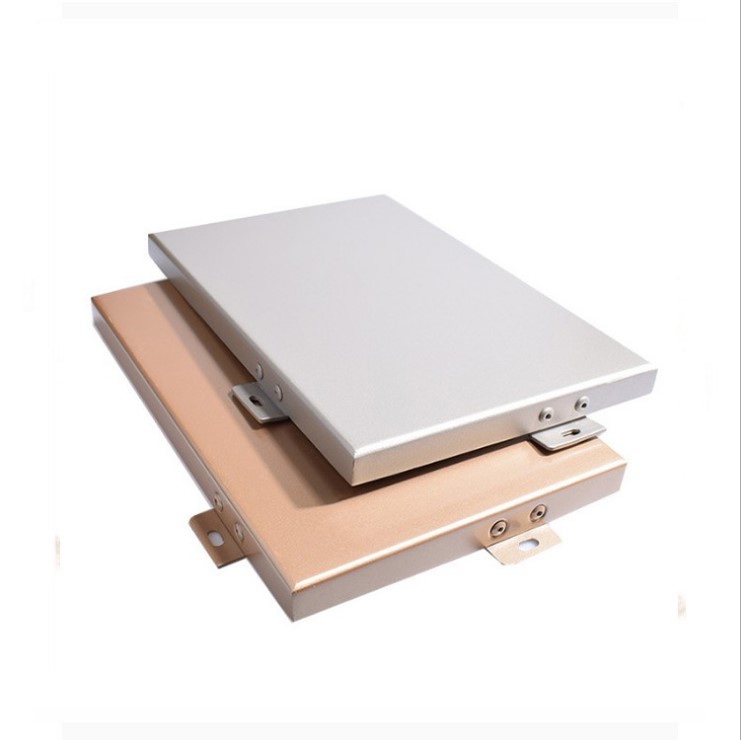
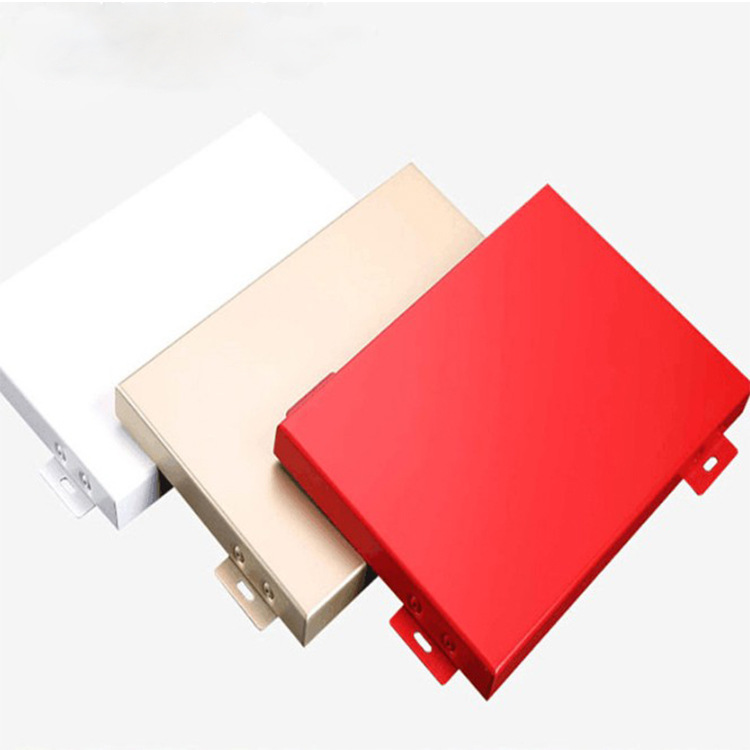
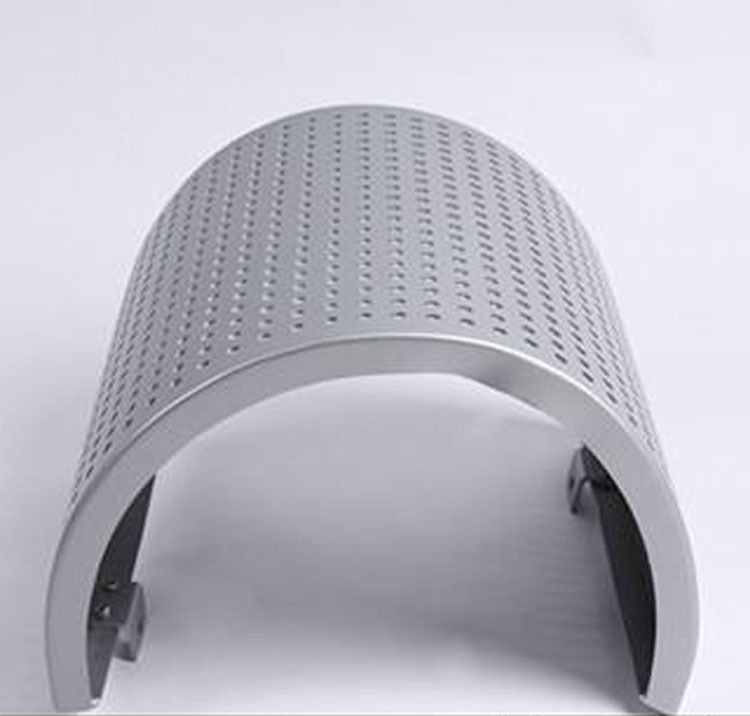
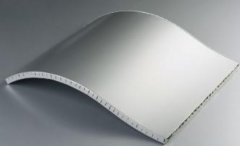
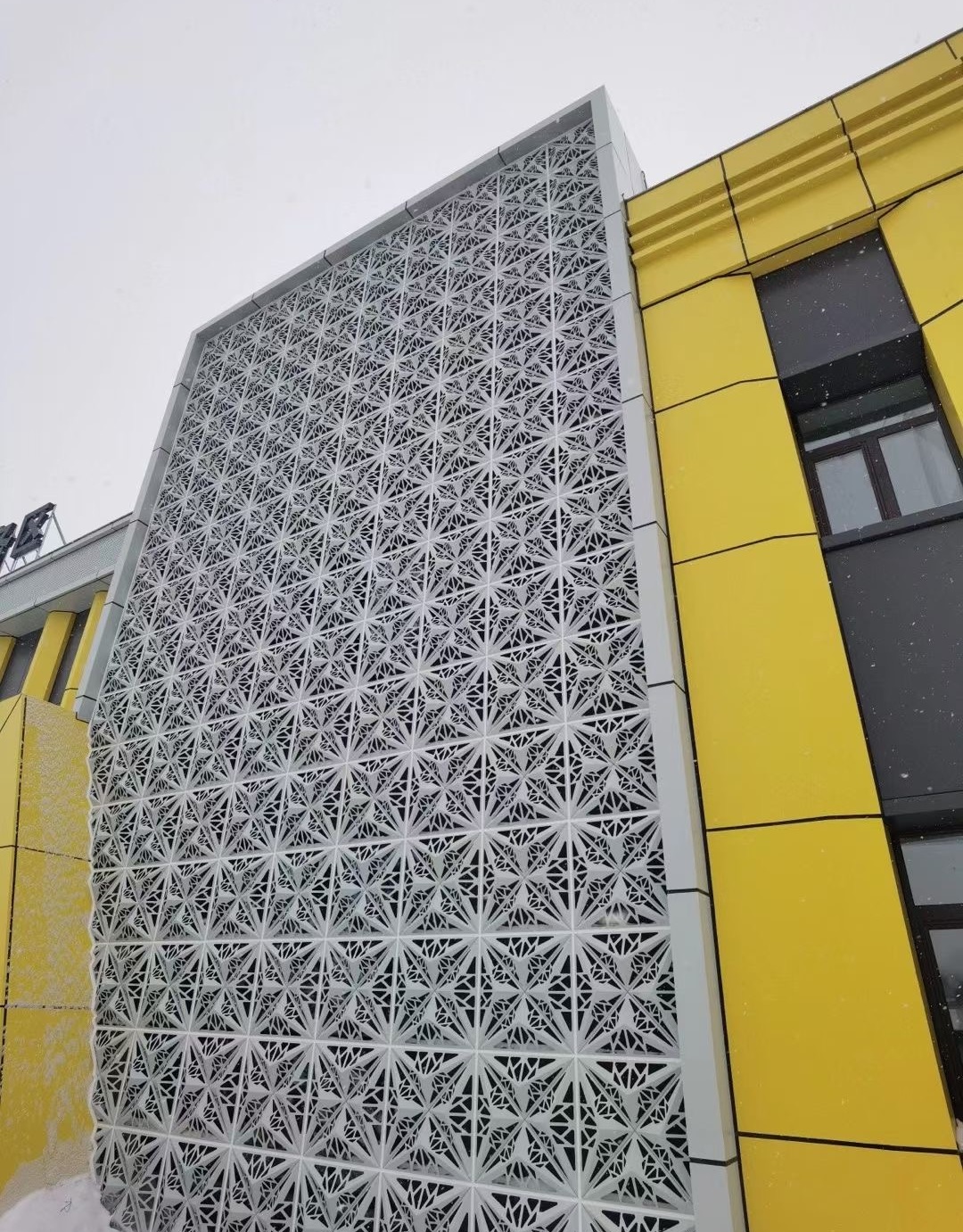
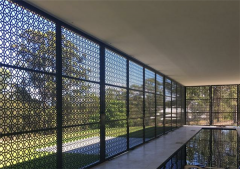
 Customer service QQ
Customer service QQ